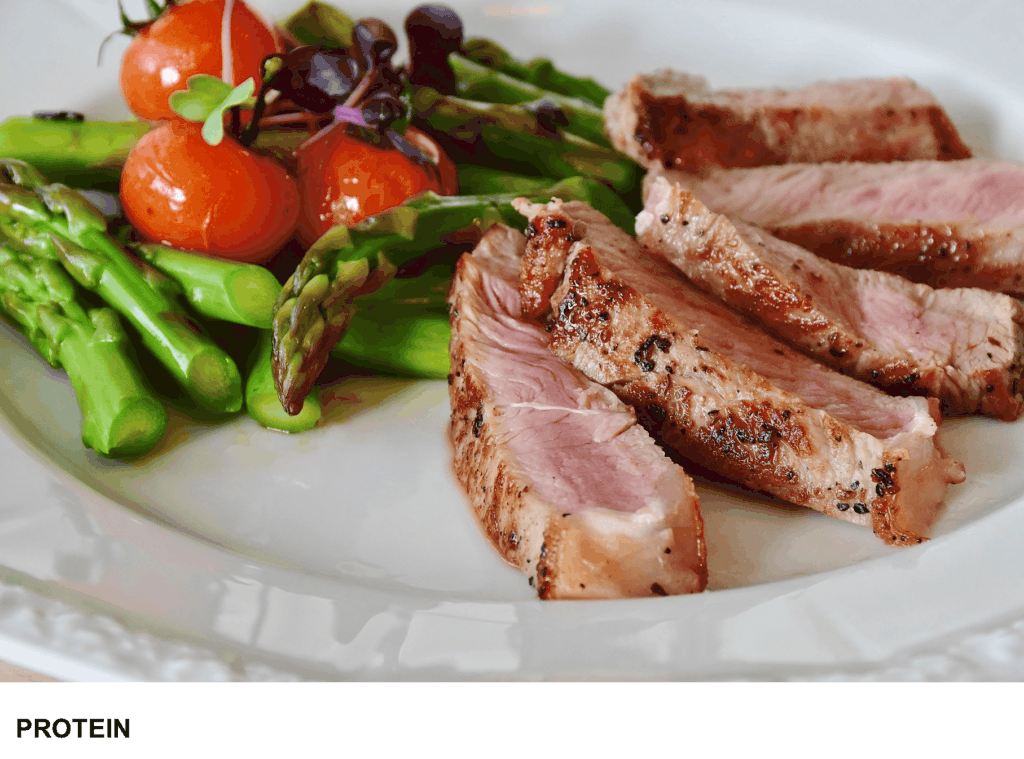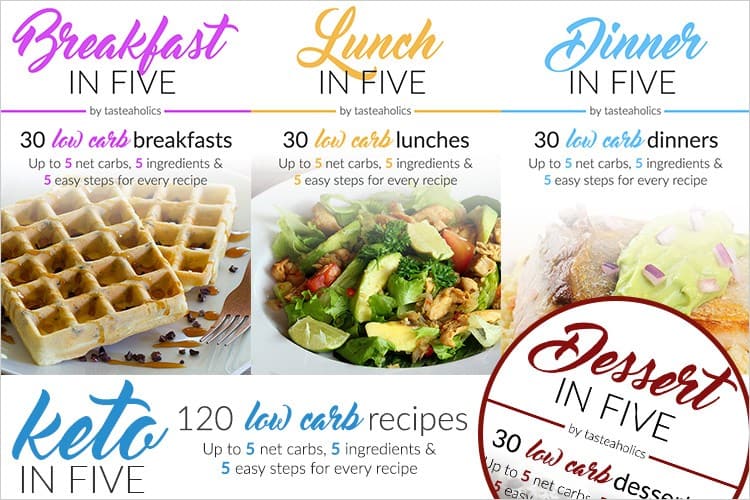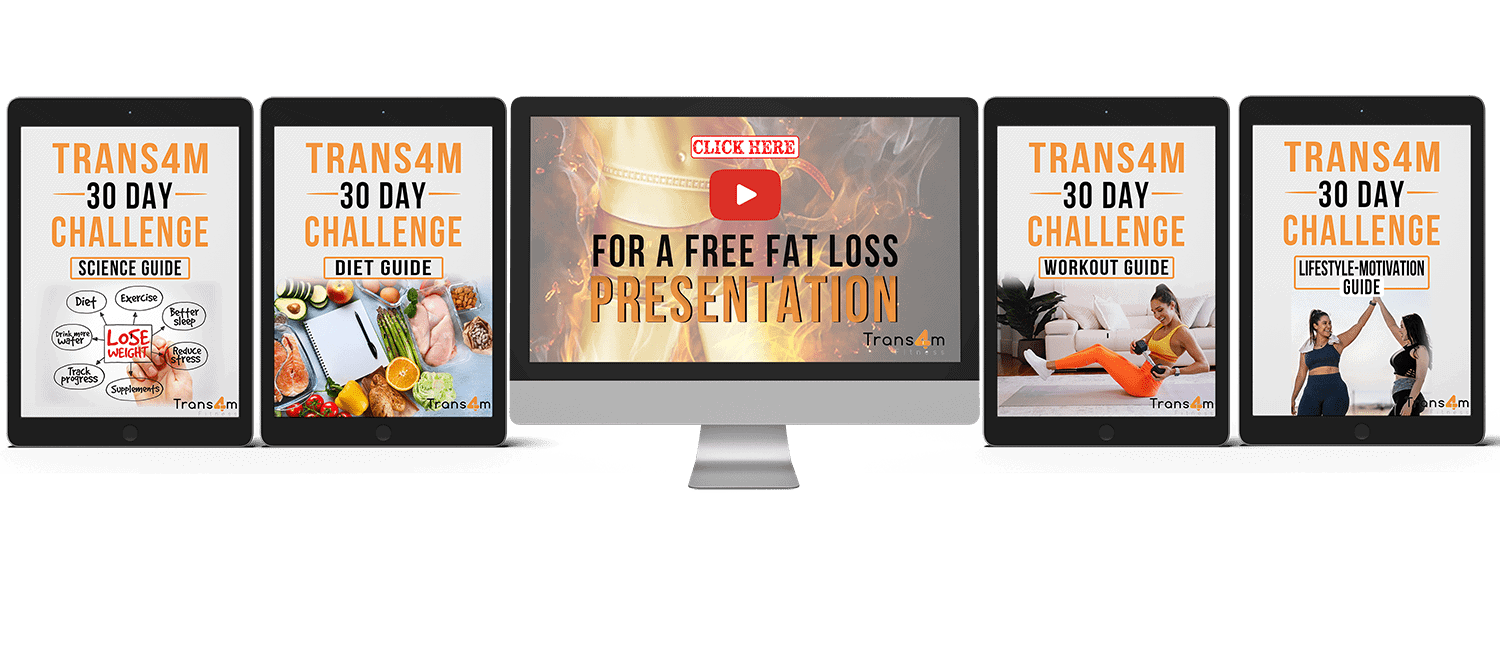
Want to Know How to Lose Postpartum Weight Safely While Breastfeeding?
Mums are superwomen; they give birth to life. The body of a mother needs time to heal and restore after giving birth. You might not be happy about your body after seeing stretch marks, increased weight, and a fat belly, but it is normal. Almost all mothers pass through this phase of being unconfident.
You have all the right to look beautiful and re-gain your pre-pregnancy weight, but you need proper guidance and tips to make it safe and effective. Losing postpartum weight while breastfeeding could be hard. You must know about postpartum diet, calories required, postpartum workouts like cardio, strength training and, postpartum yoga. Every diet you see on the internet is not safe for you and your baby.
In this article, we have brought you the answer to your question “losing postpartum safely without impacting your milk supply” with weight loss tips and a specialized postpartum diet.
Postpartum Diet Calories:
Experts don’t recommend any dieting with breastfeeding. According to the CDC, you spend 400-500 calories during breastfeeding. Does this mean you need extra calories with breastfeeding? If you are trying to lose weight, then the answer is No.
Dietary Recommendation:
You should consume the calories recommended by the American dietary guidelines. Recommended calories for women aged 18-50 years old, based on their activity level are:
- Sedentary: 1800-2000 calories each day
- Moderately active: 2000-2200 calories each day
- Mostly Active: 2200-2400 calories each day
Anything less than 1500 calories per day can decrease milk production and put you into starving mode. You can use the following macro calculator to estimate your TDEE (Total Daily Energy Expenditure)![]()
You may start losing weight quickly because of fewer calories, but this act is more detrimental in the long run. No expert recommends low-calorie intake during breastfeeding.
Is it just the calories that matter?
Calories play a major role when it comes to postpartum weight loss, but it’s not everything. It would be best if you become more mindful of what you are eating. Instead of counting calories, focus on what you are putting in your body.
Postpartum diet Nutrition: What to eat?
Eat healthy and nutritious food instead of cutting off calories. Add in more protein, fiber, vitamins and avoid trans fats, processed carbs at all costs.
1. Eat Protein-rich foods:

Protein is essential for muscle building and provides an energy source for the body. Eating protein-rich meals ensures recovery of your muscles after a workout or replenishes your muscles. Protein makes you feel full, and you are less likely to binge on your next meal.
For digestion of protein, the body burns more energy as compared to carbohydrates or fats. According to The American Journal of Clinical Nutrition, the body uses 20%-30% of calories to digest proteins compared to only 5-10% of calories used for digesting carbohydrates. Fats only require 0-3% of calories during digestion and are readily absorbed.
2. Eat Fiber-rich foods:

Fiber gives you relief from constipation. It is an insoluble carbohydrate that is necessary for bowel movement. How can fiber help you lose weight? Fiber makes the bulk of the stool and is not digested by the body. If you eat a fiber-rich meal, your stomach stays full for a longer time.
We advise you to include fiber-rich natural foods like vegetables, fruits, wheat bran to reap maximum fiber benefits.
[grwebform url=”https://app.getresponse.com/view_webform_v2.js?u=yhX3C&webforms_id=27444203″ css=”on” center=”off” center_margin=”200″/]
3. Eat Wholefoods:
Whole foods are minimally processed foods. Processed foods are usually high in sugar and fat that makes them very unhealthy. Add more whole foods to your daily diet. The best example of whole foods is organic vegetables and fruits. Some of our favorite picks for weight loss are:
Vegetables & Fruits:
- Cabbage
- Broccoli
- Green Beans
- Sweet Potato
- Lettuce
- Peas
- Carrots
- Brussel Sprouts
- Apples
- Orange
- Strawberry
- Blueberry
- Zucchini
Lentils & Seeds:
- Chickpeas
- Yellow lentils
- White beans
- Kidney beans
- Whole wheat
- Rice bran
- Barley
- Oats
- Quinoa
What to Avoid?
Cutting back on some food can speed your weight loss while breastfeeding. Experts advise limiting certain foods while breastfeeding.
1. Sugar & Sugary drinks:
White sugar is a poison in all forms. It causes an insulin spike and contributes to inflammation. Avoid milk chocolates, fizzy drinks, colas, and other food items with added sugar. Skip snacks with empty calories like chips, candy.
2. Trans Fats:
Trans fats can clog coronary arteries and may cause a stroke. Trans fats increase weight.
3. Alcohol:
Alcohol in large amounts can reach breast milk and can impair a baby’s development. Alcohol impairs milk formation.
4. Don’t Skip Meals:
Skipping meals will not aid you in weight loss. Eating calories less than recommended will affect your milk quantity badly. Instead of taking three big fat meals, try taking six small meals or snacks in between. This act will keep your metabolism high and help you lose weight effectively.
5. When Should You Start Eating Mindfully?
Give your body time to heal. Take at least a break of 6 to 8 weeks or two months. Better is to start a diet after six months when the baby begins with solid foods.
Postpartum Workouts (Cardio & Strength Training):
You can try these workouts.![]()
For the first few weeks, lifting your baby, walking and, moving upstairs or downstairs is enough in terms of the postpartum workout.
Mindful, healthy eating is a jumpstart to your metabolism after pregnancy but, including a postpartum workout regime will help you with weight loss. Abdominal muscles lose in pregnancy. To be in shape again, do some abdominal strength training and some postpartum yoga.
The Best Workout Should Be A Gentle Walk, Yoga, and Strength Training to get Flabby Abdominal Section Back to Firm.
Postpartum strength Exercises:
The goal is to get abdominal muscles back to their shape. For this, gentle core exercises are best.
Kegel exercises strengthen pelvic muscles. They are simple movements where you clench and then release your pelvic muscles.
Once you are familiar with the movements, repeat Kegel exercises three times a day.
- Before starting, make sure your bladder is empty
- Sit or lie down as per your comfort.
- Tighten your pelvic floor muscles. Hold tight and count to 5 seconds.
- Relax the muscles and count to 5 seconds.
- Repeat 3 times a day (morning, afternoon, and night).
Postpartum Yoga:
If you have been doing yoga before your pregnancy, you need to introduce yoga to your life slowly. Begin slowly but steadily; it will help you achieve your goal. If you are a beginner, you may start doing yoga by gentle stretches. A little goes far!
Some of the yoga poses that will help you with core strengthening but gentle to your body are:
- Cat pose
- Cow pose
- Plank pose
- Revolved triangle pose
- Malasana
- Hanumanasana
When should you start a postpartum workout?
Not before your doctor gives you a green signal. Most of the mothers have undergone C-sections or extensive tearing. They must not start any workout or strenuous household work before eight weeks. Any extra pressure can cause the tearing of muscles.
Give yourself at least six weeks. Giving birth to a baby is no easy feat. Don’t overwhelm or fatigue yourself under the pressure of losing postpartum weight.
Should you try any specific diet?
Keto diet![]() , dash diet, Intermittent fasting
, dash diet, Intermittent fasting![]() might be great ways to lose weight, but they are not for your postpartum body. Stay away from diets during your breastfeeding period. Diets can make you extremely lethargic and affect your milk supply. I would perhaps stick to a more Mediterranean diet
might be great ways to lose weight, but they are not for your postpartum body. Stay away from diets during your breastfeeding period. Diets can make you extremely lethargic and affect your milk supply. I would perhaps stick to a more Mediterranean diet![]() as it provides all the nutrients for a healthy milk supply.
as it provides all the nutrients for a healthy milk supply.
Your Take-Home Message:
The ultimate secret to losing postpartum weight while breastfeeding? Stay away from beauty magazines, social media, fake influencers, TV shows that show quick weight loss stories after delivering a baby. Most of them are fake, and their only purpose is to get viewership. They are living for views and are least concerned about your health.
Wishing for a pre-pregnancy body after a baby’s birth is a common thing and, you can’t help yourself with this. Don’t forget that you have given birth to human life, and it’s not easy in any way.
Stop comparing yourself with anyone else. Lose weight at your own pace. Instead of obsessing with the weight scale, focus more on your increased energy levels and happiness. Measure inches off your body. All these are signs of weight loss. Don’t worry; you are moving in the right direction.
Give yourself ample time to heal. Take rest and keep yourself hydrated. After a rest of 6-8 weeks, begin making small changes like eating more whole foods, vegetables, fruits, and protein. Eat until your hunger disappears. Do not stuff yourself.
Avoid snacks, ultra-processed foods, sugary drinks, fizzy drinks, bottled juices, chocolate bars. Add vegetables and fruits with one meal at least. Stay hydrated
Start gentle walk, core strengthening exercises, or gentle core yoga to get back in shape. Ask your doctor before starting any activity. Stop if you feel it too much. You will lose weight ultimately.
Be kind to yourself, eat healthily, live happily. Don’t burden yourself with a weight loss journey. Enjoy the process and lose weight slowly without affecting your milk supply for the baby.
Recent Posts
Workout TWO of Three| Push Workout | from the Straight Set Mini-Program Push-Pull Power Workout Log Download Click the above link if you would like a printable log of this workout.● Program...



